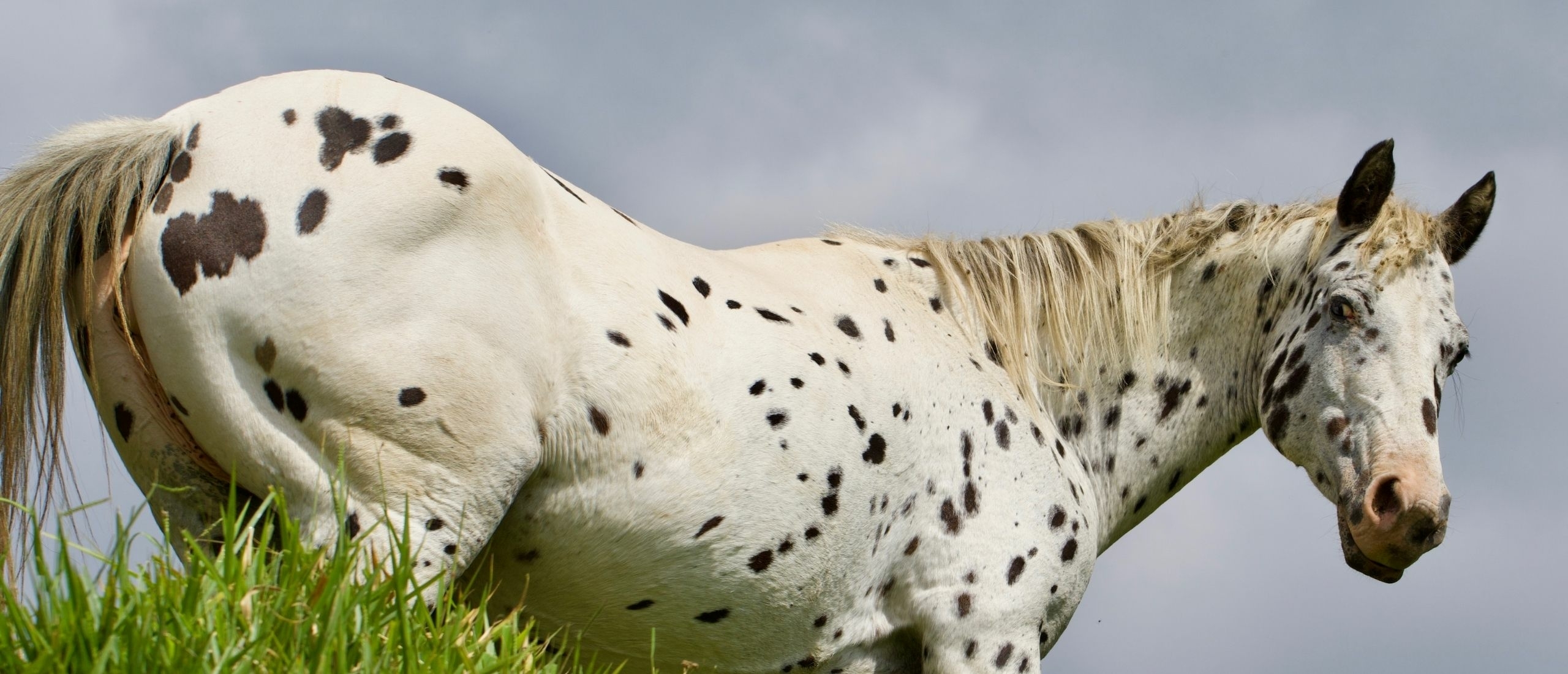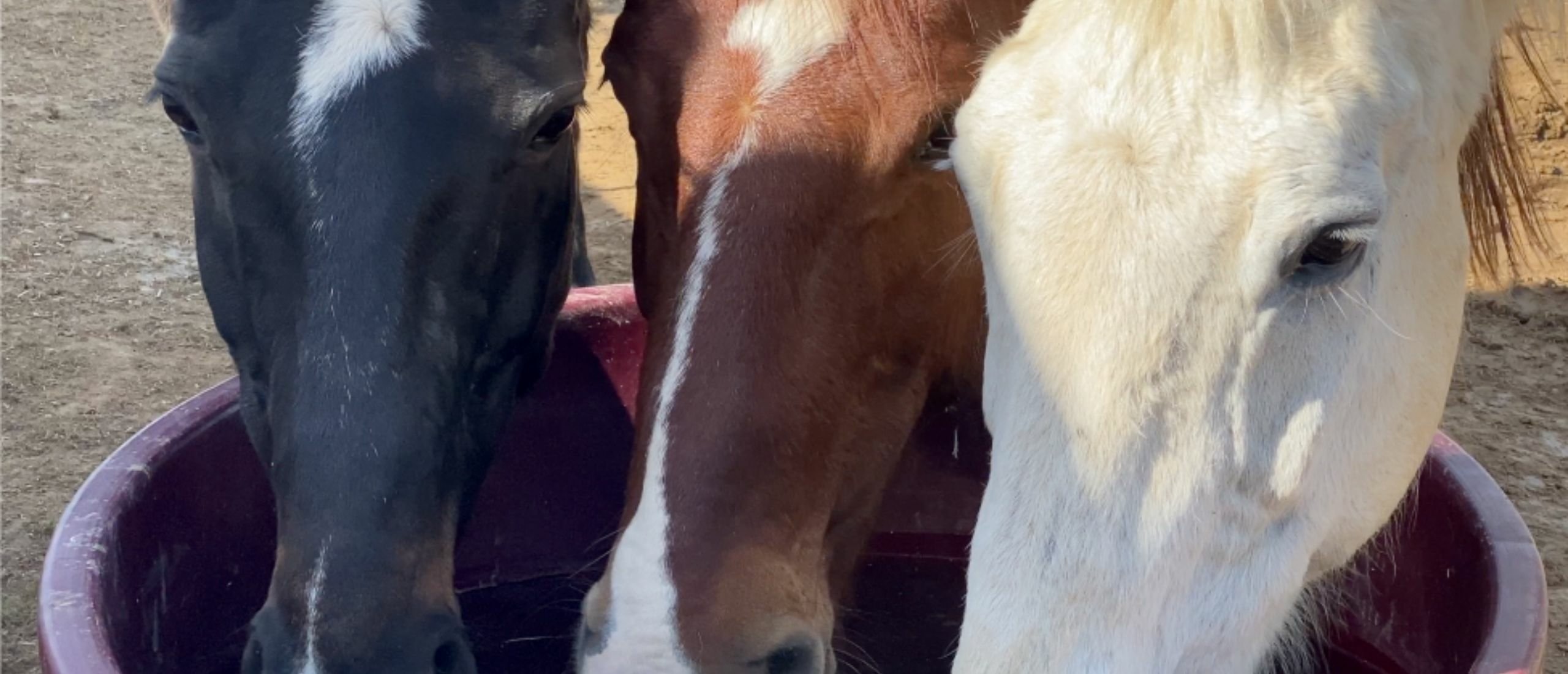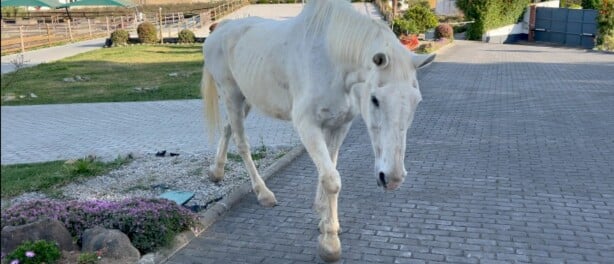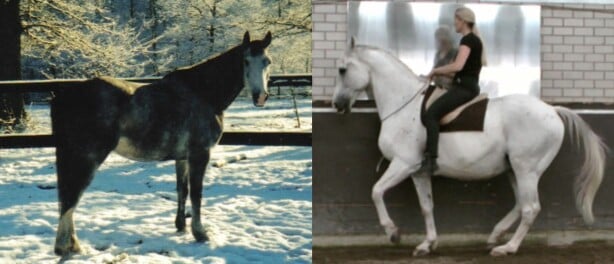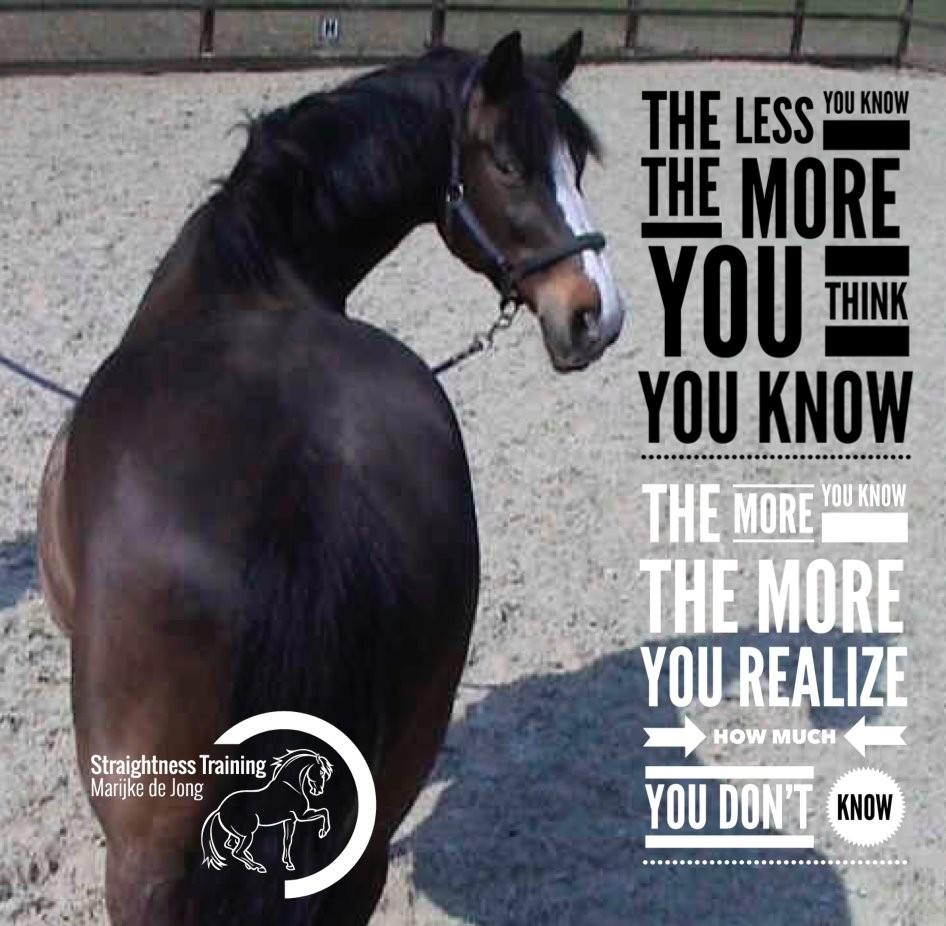 When the Oracle of Delphi told Socrates around 400 BC that he was the wisest man on Earth, Socrates responded by saying “I know that I know nothing.”
When the Oracle of Delphi told Socrates around 400 BC that he was the wisest man on Earth, Socrates responded by saying “I know that I know nothing.”
Socrates knew that there were so many things that he didn’t know and he was only sure in one thing — that he actually didn’t know anything.
The acceptance of that fact made him wise.
Now, this is completely in line with The Dunning-Kruger Effect that was discovered in 1999 by the psychologists David Dunning and Justin Kruger. What is the Dunning Kruger Effect?
The Dunning Kruger Effect
This effect is about that an individual’s confidence is not necessarily related to objective knowledge or wisdom:
- People with little knowledge and skills have high confidence until they reach the top of "Mount Stupid". Sitting here, people with low ability suffer from illusionary superiority: they judge themselves as better than others or see themselves as above-average.
- When people who thought they were an expert, found out they are not one, it can cause negative feelings which leads them into the "Valley of Despair".
- As they learn more and gain confidence over time on the "Slope of Enlightenment”, they eventually reach a level of confidence that matches the knowledge, experience, and wisdom they have gained.
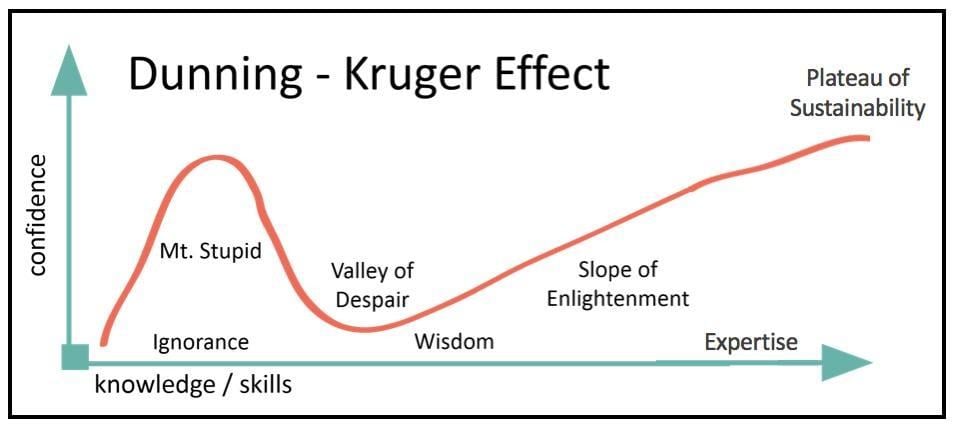 So the DK effect tells us that:
So the DK effect tells us that:
- The less knowledge and least ability we have in Straightness Training, the more confident we are and the most likely we are to overrate our skills when it comes to ST.
- The more knowledge we have on ST, the less we are actually confident that we know something, and the more we realize that we don't know S(hi)T. 🙃
Mount Stupid: Don't Unpack And Live There
People with little knowledge and skills have high confidence until they reach the top of "Mount Stupid":
🔺The loudest people are often the people on “Mount Stupid”. Sitting here, people with low ability suffer from illusory superiority: they judge themselves as better than others or see themselves as above-average.
🙊 The ones who should speak out are the ones that are much more silent. They know that every new knowledge or a solution to a problem bring at least two new problems. They know that every new STage brings along a whole series of new challenges and "better quality" problems.
🔺 Self-declared informal leaders who suffer from a false belief of authority can also be found on Mount Stupid. For example, people who think that they are better since they were the "first" doing ST at their yard / in their area / in their country. But they are not always aware of the lack of skill.
🙈 The knowledgeable people, who should be informal leaders, are those with imagination and understanding. Though they don't want to be in front of the troops or in the center of attention, because they think they aren't good enough or filled with doubt and indecision.
🔺 Also, people who received a certain certificate that caused them to feel certain, special, important and significant can be found on Mount Stupid. After gaining the stars & stripes, they stopped learning and growing as a result of relying on the gold medals they won years ago.
🙉 Knowledgable people who have a need for growth and contribution often think: "Who am I, to even teach about the never-ending ST universe with all its paradoxes?" and "Who am I, to tell the world anything when there is no absolute truth?"
🔺 A low-ability person simply acts in the form of talking, explaining, and giving advice without much thinking and without much experience.
🐒 A knowledgeable person thinks first, but might not act when "analysis paralysis" kicks in in the "Valley of Despair". This is the state of over-thinking a situation or the next STep which causes someone to become "paralyzed", meaning that no action is taken - therefore, progress is never reached.
4 Tips When You're On Mount Stupid
The solution for the people who are sitting on top of "Mount Stupid' is to learn that there is so much more to learn. Because the problem isn’t in the ability to assess their knowledge, but in the inability to assess the lack of knowledge and skills.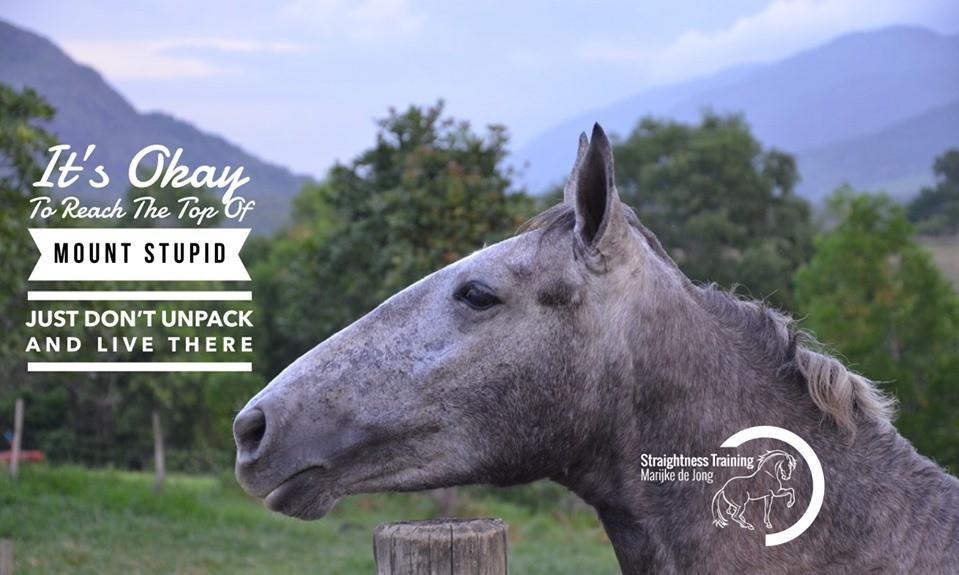 Therefore:
Therefore:
- 1. Don't unpack on Mount Stupid, don't live there!
- 2. Stop talking; Start doing!
- 3. It's time to walk your talk!
- 4. Step into the ST wilderness in the Valley of Despair where it’s out of your control and where significance and stars and stripes don't matter. Only out there, you see the mistakes of your assumptions, that you are not an expert, and that it will take time, effort, and a lot of ice below the sea level to become one.
Valley Of Despair: The STages
Doing Straightness Training is a process of transition.We all start very happy at our ST journies, we believe that we can have an impact, we expect the best and anticipate a bright future!
🤩 "This is great"!
But after the peak of excitement, issues start to pop up. And we might feel unsure as to how we are able to act and react to all the new things that happen in our ST lab because we're not competent in all areas. So we start to realize that:
😳 "This is hard"!
First, this might lead to disbelief, so we start looking for evidence that it's not our fault. We are dissatisfied with the method and the program and in a state of disillusion, so we think:
😤 "This sucks"!
It's tempting to quit at this stage, to think "I'm off... this isn't for me!" But don't give up, just enter Expedition #9, "It's always me", and realize:
🙃 "I suck"!
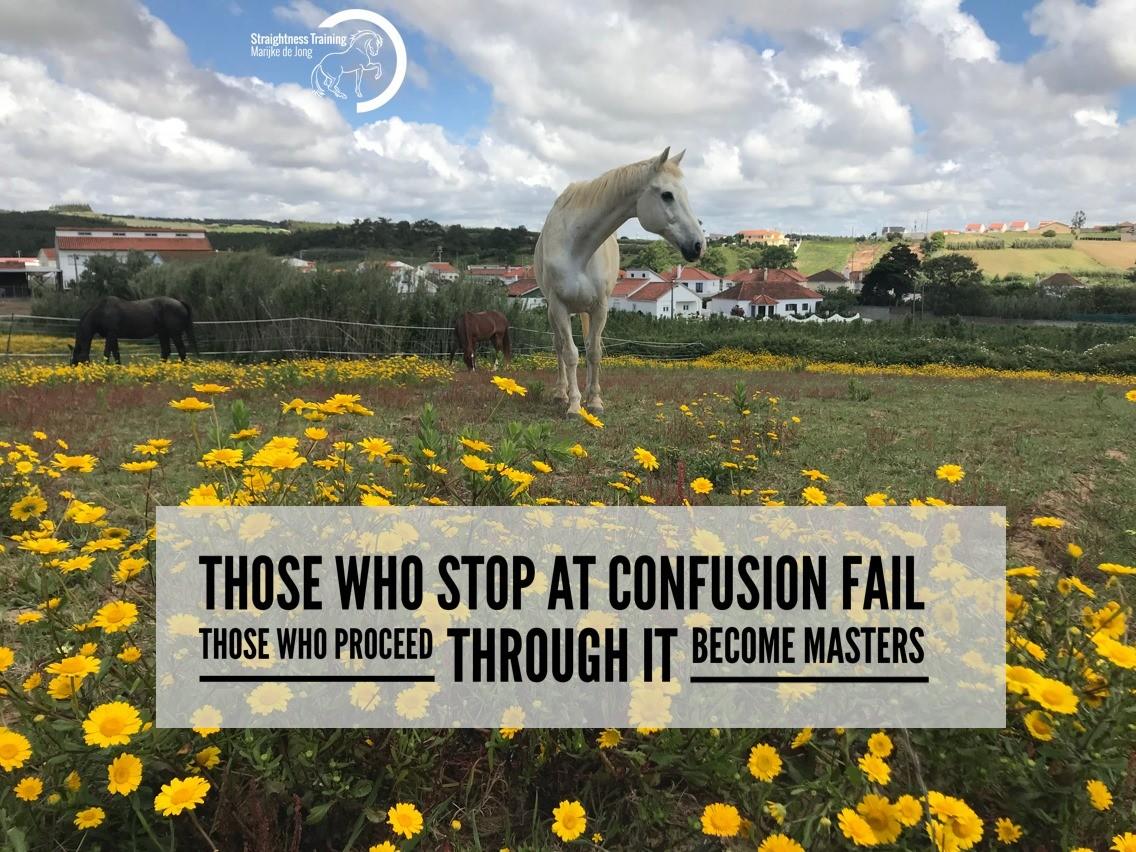 As a result, we might feel guilty for a while as we realise the impact of our lack of perception. We can also lose motivation because we feel confused and we're uncertain and have no clear vision of how to operate and how to change things. Or we can do some soul-searching and take responsibility. We can keep reminding ourselves how great the uphill ride is going to feel once we've figured things out! Now we all go through these STages on our ST Journey, and the speed of transition will depend on the rider's ice below the sea level.
As a result, we might feel guilty for a while as we realise the impact of our lack of perception. We can also lose motivation because we feel confused and we're uncertain and have no clear vision of how to operate and how to change things. Or we can do some soul-searching and take responsibility. We can keep reminding ourselves how great the uphill ride is going to feel once we've figured things out! Now we all go through these STages on our ST Journey, and the speed of transition will depend on the rider's ice below the sea level.
Valley Of Despair: The #1 Problem
If we start to encounter difficulties we can do two things:
- 🌚 We can dwell in the black hole of despair.
- 🌝 We can figure out ways to turn things around.
Now, let's not be a WLB, let's opt for number 2. To do so, we have to let go of the #1 problem that most riders have who are in the "Valley of Despair": 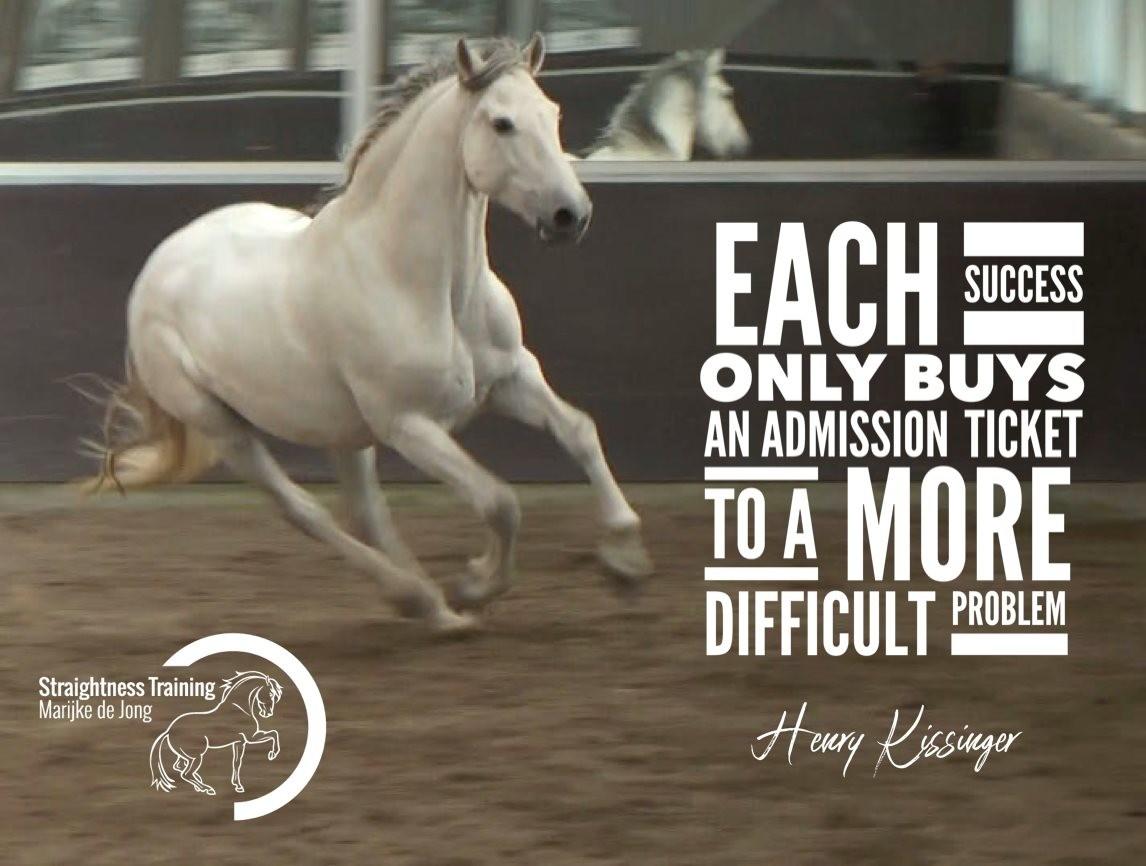 ⛔️ Thinking that we're not supposed to have problems! But the problem in the valley isn't that there are problems. The problem is expecting otherwise and thinking that having problems is a problem. Riders wish to have no problems but don’t realize that if this were the case, they wouldn’t grow or become stronger! Remember, only the path of resistance will make you grow. Without problems, we would not grow.
⛔️ Thinking that we're not supposed to have problems! But the problem in the valley isn't that there are problems. The problem is expecting otherwise and thinking that having problems is a problem. Riders wish to have no problems but don’t realize that if this were the case, they wouldn’t grow or become stronger! Remember, only the path of resistance will make you grow. Without problems, we would not grow.
Valley Of Despair: Get Better Quality Problems
Now probably you found Straightness Training, because your horse suffered from natural asymmetry, which leads to a problem such as:
- He is tense whilst being ridden.
- He pulls on one side of the bit all the time.
- He doesn't want to turn to one side.
- He is very stubborn and lazy.
- He strikes or even rears or bucks.
- Perhaps he is often (bridle) lame when you ride him.
Because of this problem, you started your ST journey, and quickly, with the first 3 keys of ST, you g0t rid of 80% of your problems. So you think:
🤩 "This is great"!
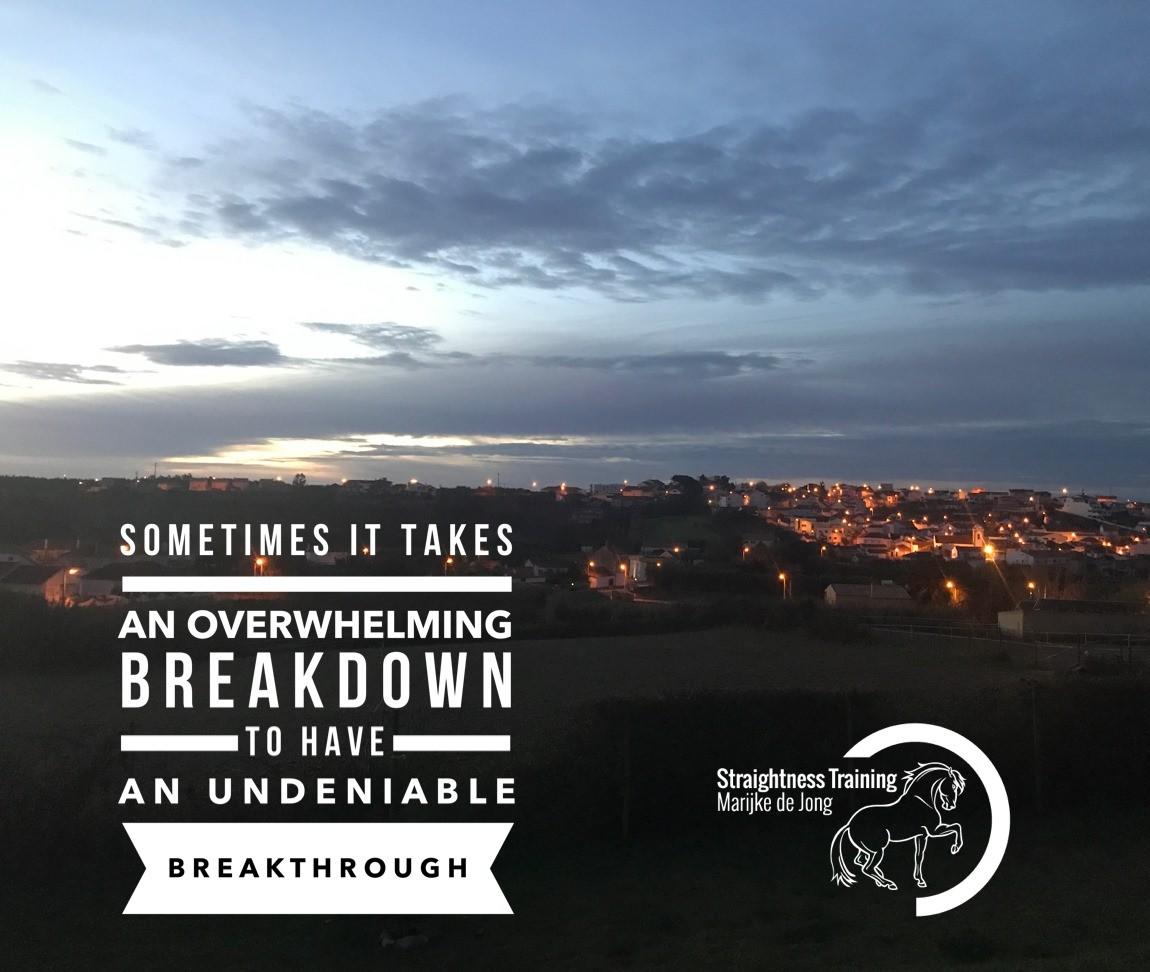 Then there's the next challenge: you need to teach your horse the haunches-in. In the beginning, you can't figure out how, your horse doesn't respond, so you realize:
Then there's the next challenge: you need to teach your horse the haunches-in. In the beginning, you can't figure out how, your horse doesn't respond, so you realize:
😳 "This is hard"!
But you break through, and your horse starts to do the exercise with ease on the whole long side! So the journey continues, and one day you can do the whole sequence of ST exercises in walk, so there's the next thing to master: doing the STuff in trot! Unfortunately, your horse starts to push like crazy in the trot! All the old tendencies that were gone in walk are showing up again:
😤 "This sucks"!
But let's not quit! The only thing we need to do is realizing:
🙃 "I suck"!
We need to keep digging down deep into our ST lab and think - act - check - change - repeat until we get what we want. 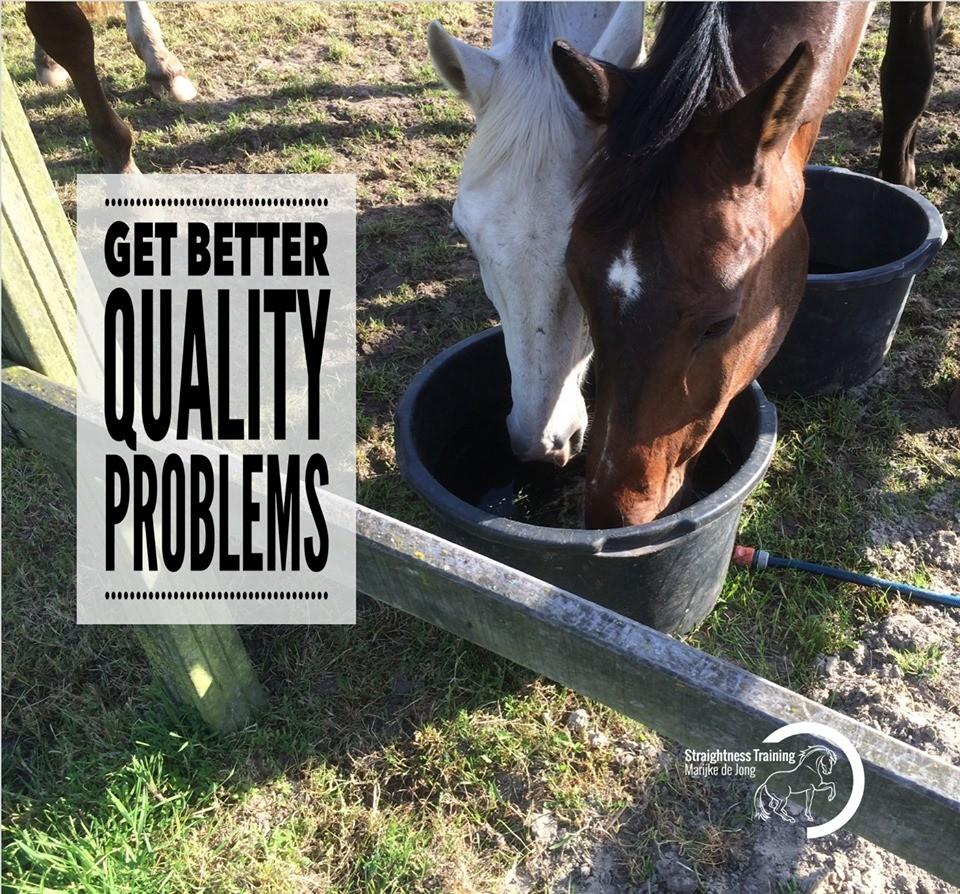 And with each success, we'll face a new problem! For example, we start riding! And we have to let go of old habits where we want to ride our horse "on the bit". Instead, we need to figure out how to ride our horse "towards the hand". Then, there will be a day that we are challenged by figuring out how to make a balanced walk-canter transition. At liberty. And the day arrives that we start to figure out how to make a flying change. What a great problem to have! So you'll not only get more difficult problems along the way, but also better quality problems! The secret to becoming a good horse trainer is to be stretching and stepping outside your comfort zone constantly. You will never be without challenges, issues, problems and adventures! But the good thing is...you will learn a lot from it!
And with each success, we'll face a new problem! For example, we start riding! And we have to let go of old habits where we want to ride our horse "on the bit". Instead, we need to figure out how to ride our horse "towards the hand". Then, there will be a day that we are challenged by figuring out how to make a balanced walk-canter transition. At liberty. And the day arrives that we start to figure out how to make a flying change. What a great problem to have! So you'll not only get more difficult problems along the way, but also better quality problems! The secret to becoming a good horse trainer is to be stretching and stepping outside your comfort zone constantly. You will never be without challenges, issues, problems and adventures! But the good thing is...you will learn a lot from it!
Valley Of Despair: Gifts in Disguise
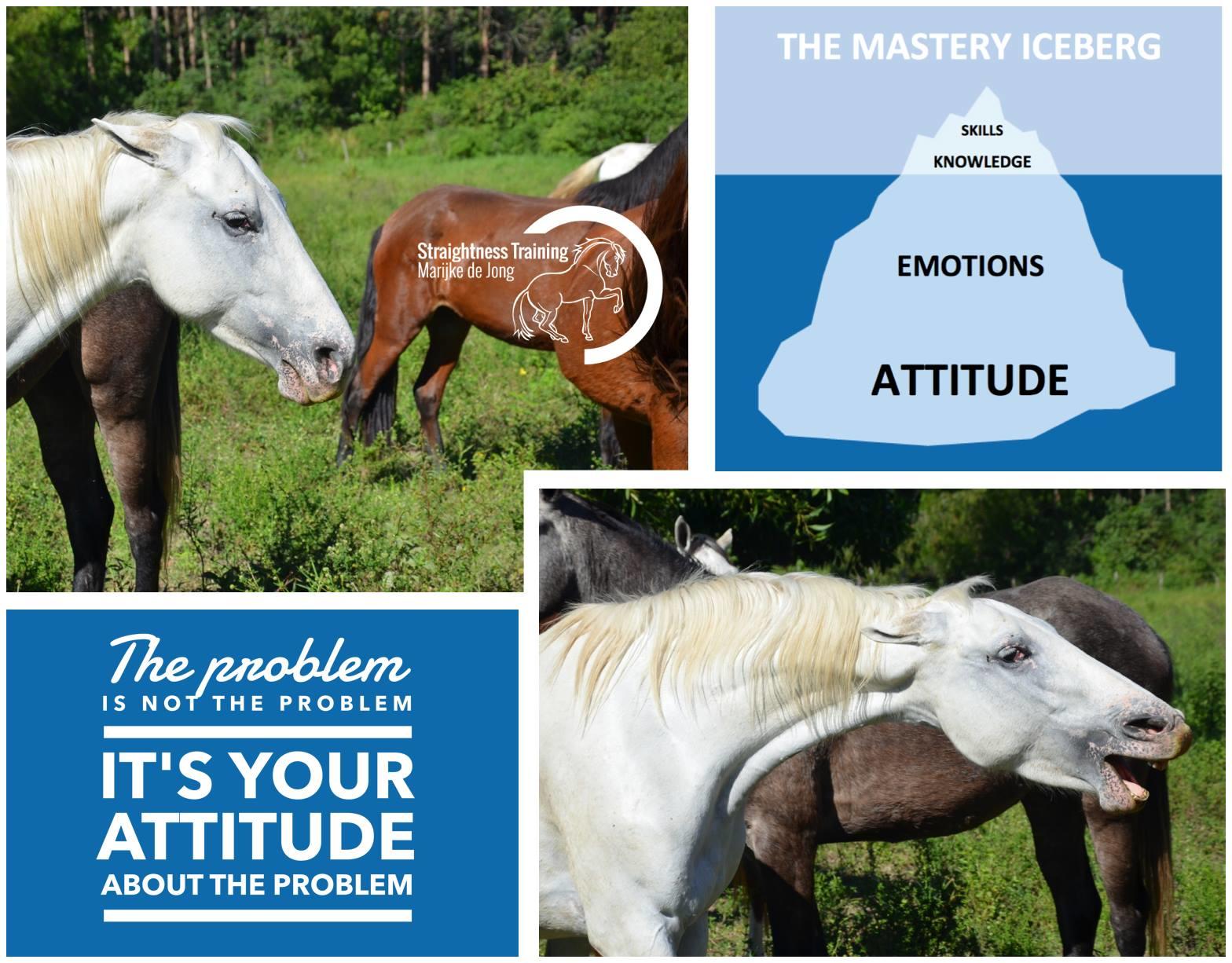 Take care not to perceive problems to be bad. 🎁 What if problems were always gifts? It’s up to us to find the gifts. To solve the mysteries! To discover the hidden lessons! To find keys that open the door to the next level! And each next level only buys an admission ticket to a more difficult problem! So don't aim to be without problems, just get better quality problems!
Take care not to perceive problems to be bad. 🎁 What if problems were always gifts? It’s up to us to find the gifts. To solve the mysteries! To discover the hidden lessons! To find keys that open the door to the next level! And each next level only buys an admission ticket to a more difficult problem! So don't aim to be without problems, just get better quality problems!
4 Tips When You're In The Valley of Despair
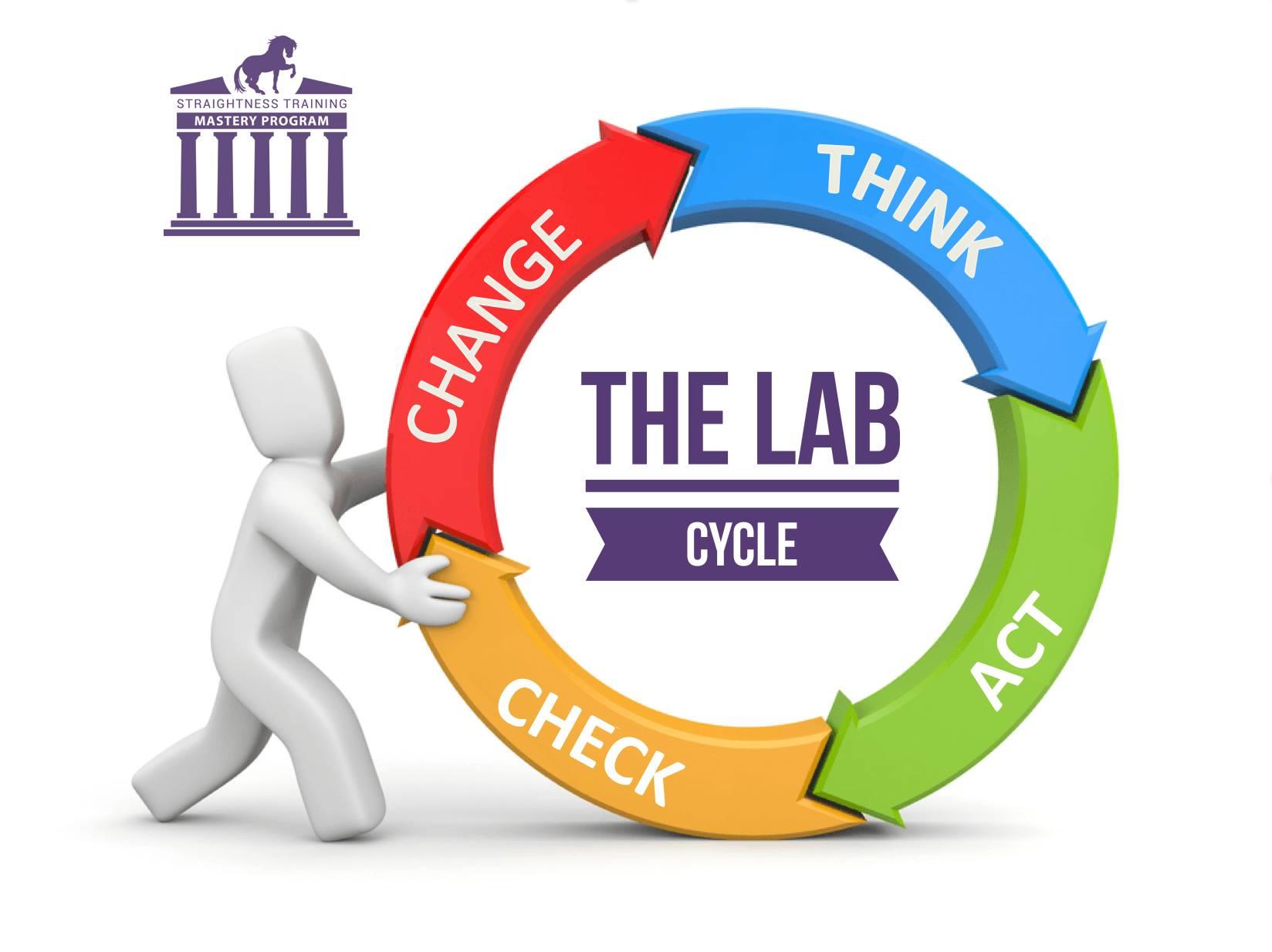 Once you face a problem in the "Valley of Despair", dive into the ST Lab cycle:
Once you face a problem in the "Valley of Despair", dive into the ST Lab cycle:
- 1. Think first and prepare, but do not over-analyze.
- 2. Dare to do some trial and error and make mistakes.
- 3. Just check what's working and what's not working.
- 4. Then change your approach to fix what's not working, and you will get it right somewhere along the line.
For things to be different YOU need to do something different. Gradually, you'll find out that this can work and that things might be okay! That will bring you back to the slope of hope!
The Slope Of Enlightenment: Awareness
So far, we investigated "Mount Stupid" and dived into "The Valley of Despair". Today, let's see how they relate to the "Slope of Enlightenment":
- Riders at the top of Mount Stupid are more quick to blame other people or other methods since they have this feeling that they are superior and a sort of "elite" trainers. They know it all, and others are doing it all wrong.
- Riders in the Valley of Despair tend to blame themselves. They blame themselves that they are not good enough, that they are not perfect, that it's all their fault, or they feel ashamed. Self-blame can be paralyzing and stop them from moving forward.
- Riders on the Slope of Enlightenment go beyond blame. They realize that blame is useless, and they focus on using obstacles and challenges as lessons so they can grow and contribute to the well-being of their horse.
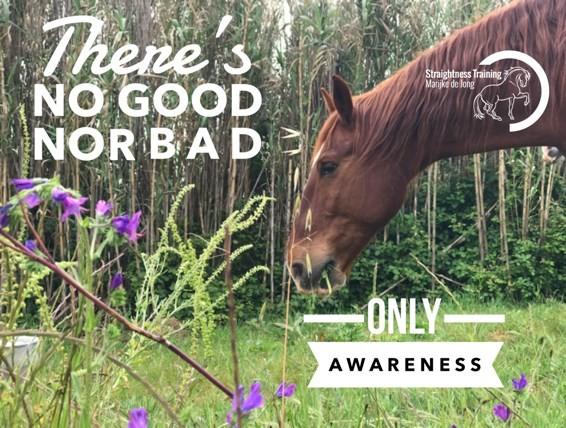 On the Slope, there is no good, no bad, no right, no wrong, there’s simply awareness: It's about having a more holistic view, where it's not only about focusing on the goal, but about loving and enjoying every step and every moment along the way. It's awareness that it's not only the fun that matters, but that carrying and tolerating the hard times make us a better horse trainer. It's awareness that it's not only about embracing our horse's talents and potential, but also accepting their flaws and imperfections and respecting their own pace of learning and growing. Riders on the slope realize that the troubles and the struggles are an opportunity to strengthen the bond with their horse. They know that they can give that "grounded" feeling to the togetherness. They realize that it is not the days of ease that made their bond stronger and happier: it was working through the difficult parts. On the slope, it's no longer about what we get, but who we become - and that's not about becoming a superior or "elite" horse trainer who is sitting on Mount Stupid surrounded by - what they perceive as - "losers". Instead, it's about evolving in a superior life together with our equine partner, for better, for worse, for richer, for poorer, in sickness and in health, and love and honor our horse all the days of our life. A life where we can be meaningful to our four-legged friend and help him find balance in body 🐎, mind 🦄, heart ❤️ and soul 💎.
On the Slope, there is no good, no bad, no right, no wrong, there’s simply awareness: It's about having a more holistic view, where it's not only about focusing on the goal, but about loving and enjoying every step and every moment along the way. It's awareness that it's not only the fun that matters, but that carrying and tolerating the hard times make us a better horse trainer. It's awareness that it's not only about embracing our horse's talents and potential, but also accepting their flaws and imperfections and respecting their own pace of learning and growing. Riders on the slope realize that the troubles and the struggles are an opportunity to strengthen the bond with their horse. They know that they can give that "grounded" feeling to the togetherness. They realize that it is not the days of ease that made their bond stronger and happier: it was working through the difficult parts. On the slope, it's no longer about what we get, but who we become - and that's not about becoming a superior or "elite" horse trainer who is sitting on Mount Stupid surrounded by - what they perceive as - "losers". Instead, it's about evolving in a superior life together with our equine partner, for better, for worse, for richer, for poorer, in sickness and in health, and love and honor our horse all the days of our life. A life where we can be meaningful to our four-legged friend and help him find balance in body 🐎, mind 🦄, heart ❤️ and soul 💎.
4 Tips When You're On The Slope of Enlightenment
To those who passed Mount Stupid and are no longer in the Valley of Despair:
- 1. Just keep going on the Slope of Enlightenment.
- 2. Keep widening, broadening, deepening your ST pyramid.
- 3. Grow as you go and CANI on the fly you can become the best you can be for your horse.
- 4. Little 2mm improvements will pave the way toward a realistic and sustainable level of confidence and to expertise and creating a masterpiece!
So let's STick together on the slope! It's awesome!
How Good Are We?
What can we do to find out how good we actually are?
- Ask for feedback! Consider it, even if it's hard to hear if you live in the house of significance. Just swap the need for significance for the need of growth, and your experience (and whole life) will change in an instant!
- Be a forever STudent! Learn that there is so much more to learn. Then keep learning! Be a researcher for life! The more knowledgeable and experienced you become, the less likely you are to have invisible holes in your competence! So confirm the "Socrates principle" of only knowing that you, as well as me, actually don’t know anything.
Links to Related and Recommended Articles:
- Your Plan Will Not Equal Reality »
- 2mm; The Devil is in the Detail »
- The 3 Secrets of Response-Ability »
- How to Deal with the ST Pyramid »
- The ST Lab Cycle »
- ST gives you the Concepts, YOU have to fill in the Details »

